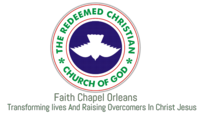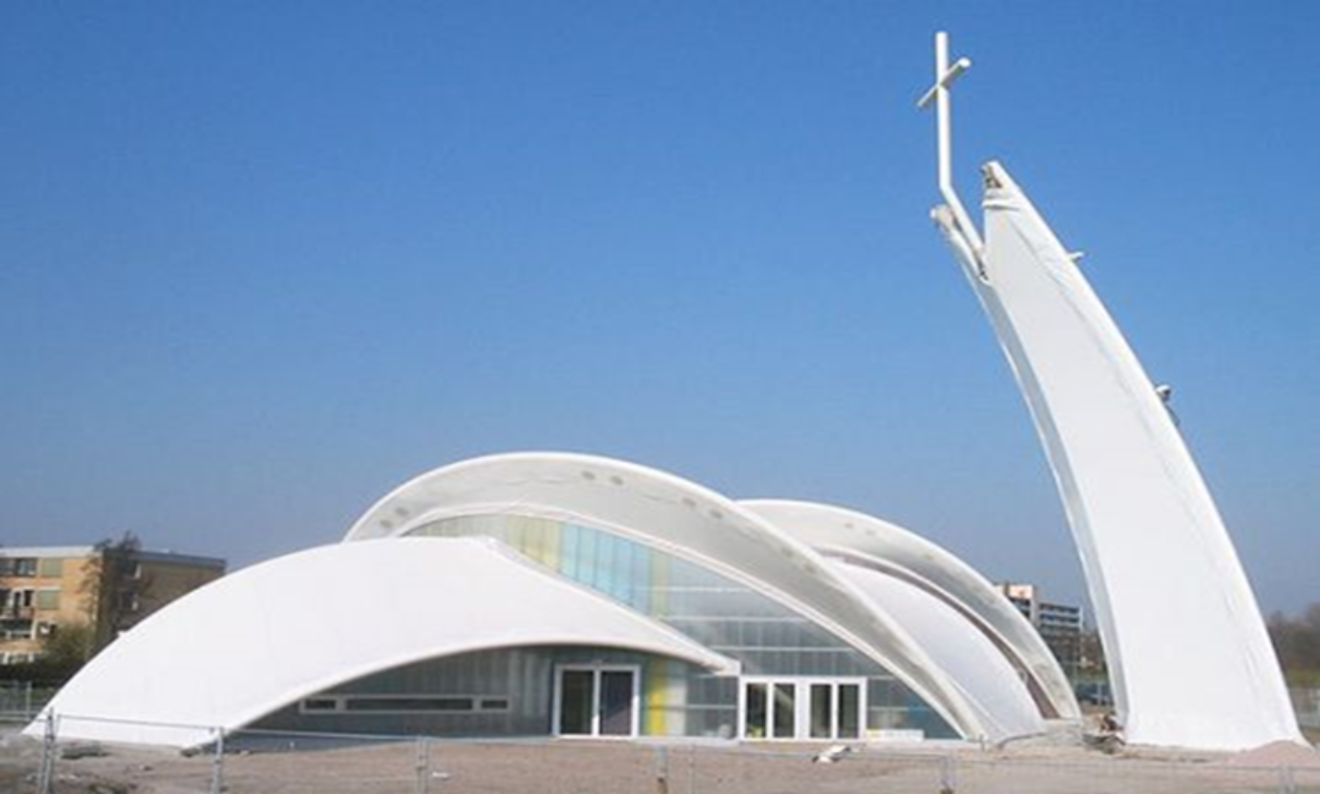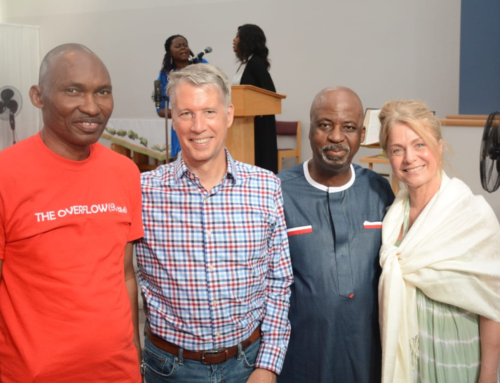Church Planting as a Starting Point for Church Growth
Any review of Church growth must start with review of church planting as the scripture cannot be broken. Psalm 11:3 (KJV) says “If the foundations be destroyed, what can the righteous do”? The way the church ultimately flourish is a function of the kind of foundation laid at planting. Moreover, the church is a living organism and growing it is like a building project. The Lord taught us the necessity to pay attention to the foundation of the building, Matt 7:24-27, Luke 6:46-49 (KJV). Church Planting is therefore crucial for Church growth and achieving the Lord’s mandate of taking the gospel to the uttermost part of the earth. Successful Church Planting can only be done when a servant leader/planter seeks to do God’s will with total reliance on the Holy Spirit. Additionally, church planters/pastors must be adequately skilled in long-range (sound) thinking process as well as develop adequate researching skills required for effective visionary planning. Chin Wang in his research on immigrant churches in New York reports that immigrant churches are planted in four different ways as follows:
- Abrahamic call approach – where God directly calls an immigrant Pastor directly to start a parish. This is a self-initiated church planting approach.
- Macedonian approach occurs when the Home Country Church sends an immigrant missionary pastor over with a mandate to come and start a new church in a targeted location in the foreign country based on identified opportunity.
- The third approach is called Jerusalem styled in which an established North American church with a missionary agenda towards a set of immigrants decides to plant a church to cater for the specific cultural needs of such churches.
- Last but not the least is the “Samuel-Eli styled” where declining or dying north American churches in mainline denominations experiences the influx of immigrant Christians who re-ignites revival and initiates a new style leadership in the church.




